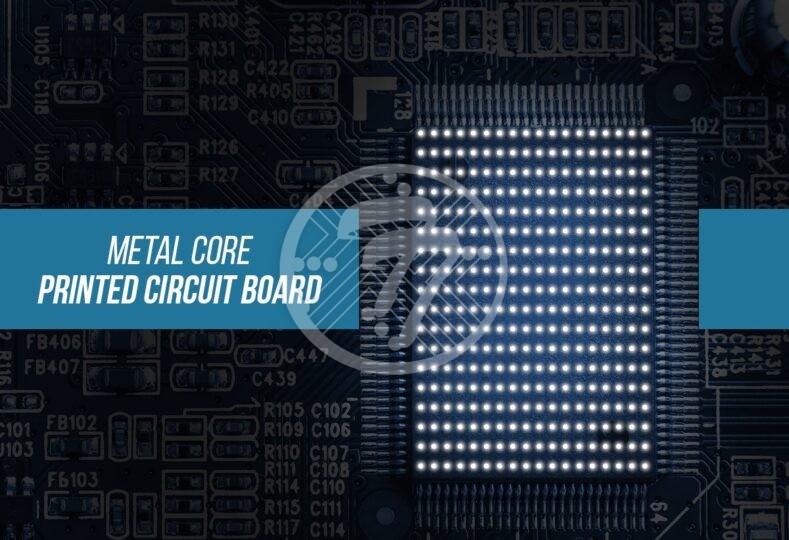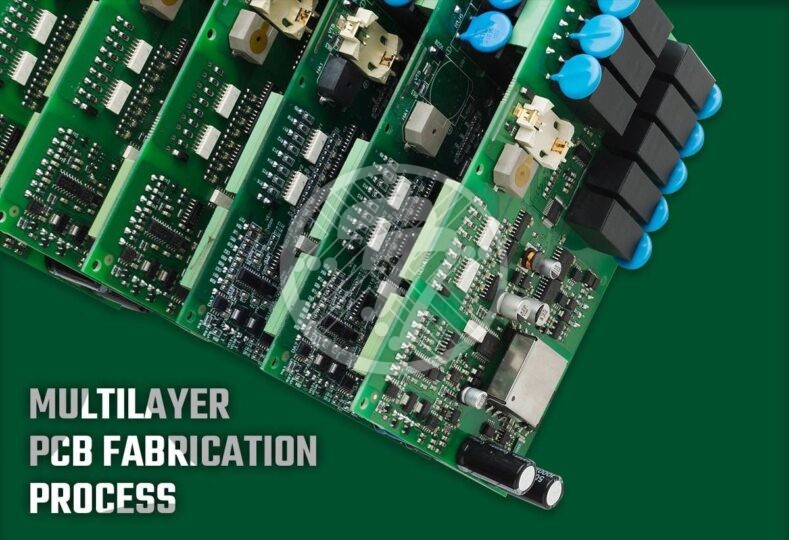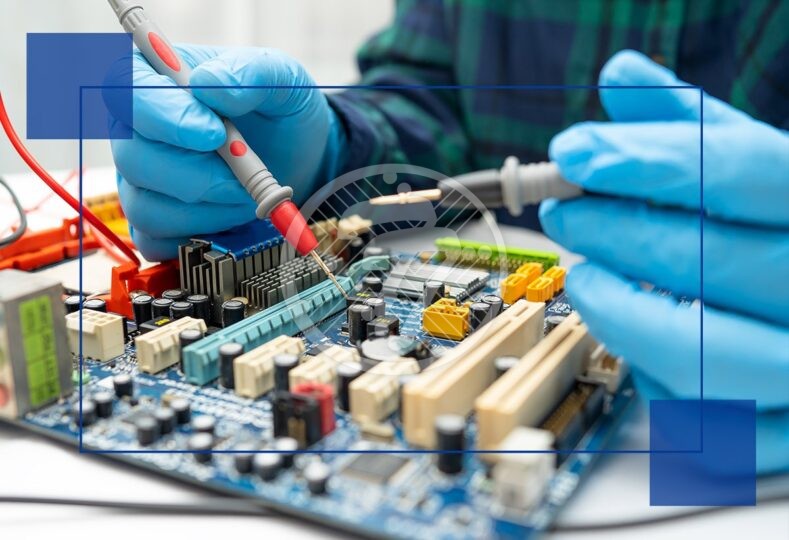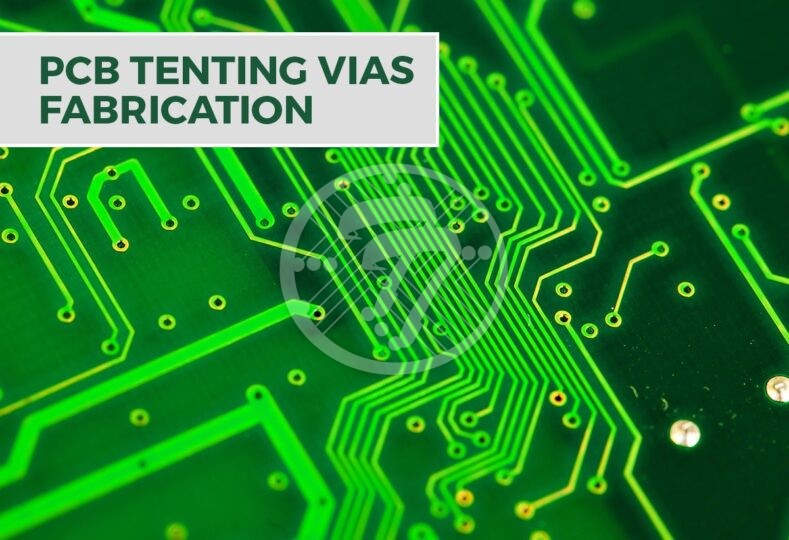Why is Metal Core Printed Circuit Board Widely Used in Led Products?

Printed circuit boards (PCBs) have revolutionized the work of electronic engineers. They play a crucial role in building prototypes for potential designs before products reach the market. Metal core printed circuit boards (MCPCBs) are particularly valuable in electronic devices because metal serves as an excellent conductor of electricity, providing a reliable path for electrical currents between components. MCPCBs are widely used in LED products due to their superior heat dissipation properties. But what exactly are LED products, and what are their applications?
What do we understand by the term LED products?
LED (light-emitting diode) consists of small pixels that emit a bright and clear light. LED is widely used in various products like for light banners that you see on roads, it is used in lights, in making certain parts for automobiles. In short, we have seen a significant transformation in LED past some years. LED is very cost-effective as compared to other conventional products. However, the LEDs can sometimes prove unstable and unreliable; their maximum efficiency cannot be reached if there is no thermal loss. So, to solve this problem in LED products, metal core PCBs are used.
What are Metalcore print circuit boards?
Metalcore PCBs Fr4 was used earlier, but they are used widely because of metal circuit boards’ excellent features. The base material is metal, and the core has the power to redirect the heat that is generated aside from the elements. The metal plate used in it has the power to dissolve the heat. The metal core printed circuit boards are considered a better choice than glass epoxy because of their extraordinary qualities and high conductivity. Since then, MCPCB has been every engineer’s favorite.
The good things about Metal Core Printed Circuit Boards (PCBs)
Improves the material’s reliability: The MCPCBs play a key role in the elements that heat up overly at times. It helps to divert the heat from one side to another where the heat has vanished, which improves the product’s life, making it much more durable.
Prevents overheating: LEDs tend to get overheated very quickly. If a metal core printed circuit board is used, it solves overheating by transferring the energy from one side to another.
can adapt to a high temperature: unlike the fr4 technology, the metal core PCBs can adapt to products with a high temperature, especially it proves to be very useful for LED products.
Lightweight: In metalcore, PCB’s two types of metals are copper or aluminum. Both of them are lightweight and offer great resistance ability. Being lightweight makes the PCB easier to handle and easy to ship between places.
Recyclable: metals are environment- friendly products. They are non-toxic and can be recycled easily. Metalcore PCBs are used in products that require high vibration abilities.
Reasons why metal core PCBs are the best choice for making LED products
Longer shelf and operating life: since it is a well-known fact that LED products emit a lot of heat. The metal core PCBs transfer heat quickly and prevent overheating. Aluminium PCBs are mostly used in these PCBs; they can operate longer than other metals and longer shelf life.
Increase in LED density: since metal core PCB’s have a high conductive ability, there remains ample space for maximum LEDs, which allows producing sufficient light and achieving high performance.
Which is a better choice: aluminum or copper for metal core PCB?
The choice depends on the product you are making and what suits it. The choice is made about the purpose. There are differences between aluminum and copper PCBs; let us delve into that.
- Copper PCBs have a better ability for heat transfer and dissipation, while aluminum has a lower ability than copper.
- Aluminum is lighter in weight than copper, making it the best choice if you want a lightweight LED Printed Circuit Boards
- Copper is always an expensive option, and aluminum comes at a cheaper rate.
- Mostly aluminum is used for LED due to its varied abilities. Copper is used in very few cases.
Difference between metal core PCB and FR4 PCBs
Plated through-holes: This feature is specifically found in FR4 PCBs. In metalcore, PCB plating through-holes aren’t available for one-layer print circuit boards. Only surface mounting elements are available for metal core PCBs.
Conductivity: FR-4 offers the only 0.3watt of thermal conductivity, which is very low. The thermal conductivity of MCPCB varies from 1 watt to 4 watts, which is a good amount. Metal is said to be a conductor of electricity. That’s why it has higher conductivity.
Thickness: In terms of thickness, FR-4 offers more thickness since it has many layers. Metalcore PCBs are thinner as compared to FR-4.
Thermal relief: Metal core PCBs have more ability to dissipate the heat. In the FR-4 drilling process and deposition has to be carried out to make it dissipate heat.
Solder Mask: In FR-4, the color of the solder mask is red and green, and it is applied on top and at the bottom. In MCPCB, the solder mask comes in white color and is only applied at the top.
Places where metal core PCBs are used
Metal Core PCBs are used in making various products, and it has become every electronic engineer’s favorite. It is widely used in making LED products.
- It is used in street lights. Since LEDs are used in street lighting, the MCPCB’s allow larger LED’s, which allows in emitting more light.
- It is also used in automobiles for stereo sets, radios.
- Generally, it is used in lighting applications since most of them have LEDs in them. Metal Core PCBs are most compatible with LEDs.
- Things that have high power like high voltage regulators, power supplies. In all these things, MCPCB is used.
By reading the properties of metalcore print circuit boards and the advantage, you must have understood why these are used widely in LED products. However, keep in mind which metal you want to use in your PCB for your design. We think aluminum will be the best option to choose! The metal core PCBs have surely outshined the traditional FR4, and that’s why it is so popular in the market.
At Technotronix, we combine state-of-the-art technology with our advanced engineering to offer Metal Core Printed Circuit Board with highest quality. With over four decades of experience in delivering high quality, on-time, price-competitive products, you can bank on us for your MCPCB requirements. he fact that we have over 4 decades of experience in manufacturing state-of-the-art metal core PCBs and have a huge body of industry knowledge makes us a go-to PCB partner.
To get more insights into the PCB fabrication and PCB assembly services, please explore our PCB fabrication services. Also, you can drop an email to [email protected] or give us a call at 714/630-9200 to solve your queries or to get a quick PCB fabrication quote.









